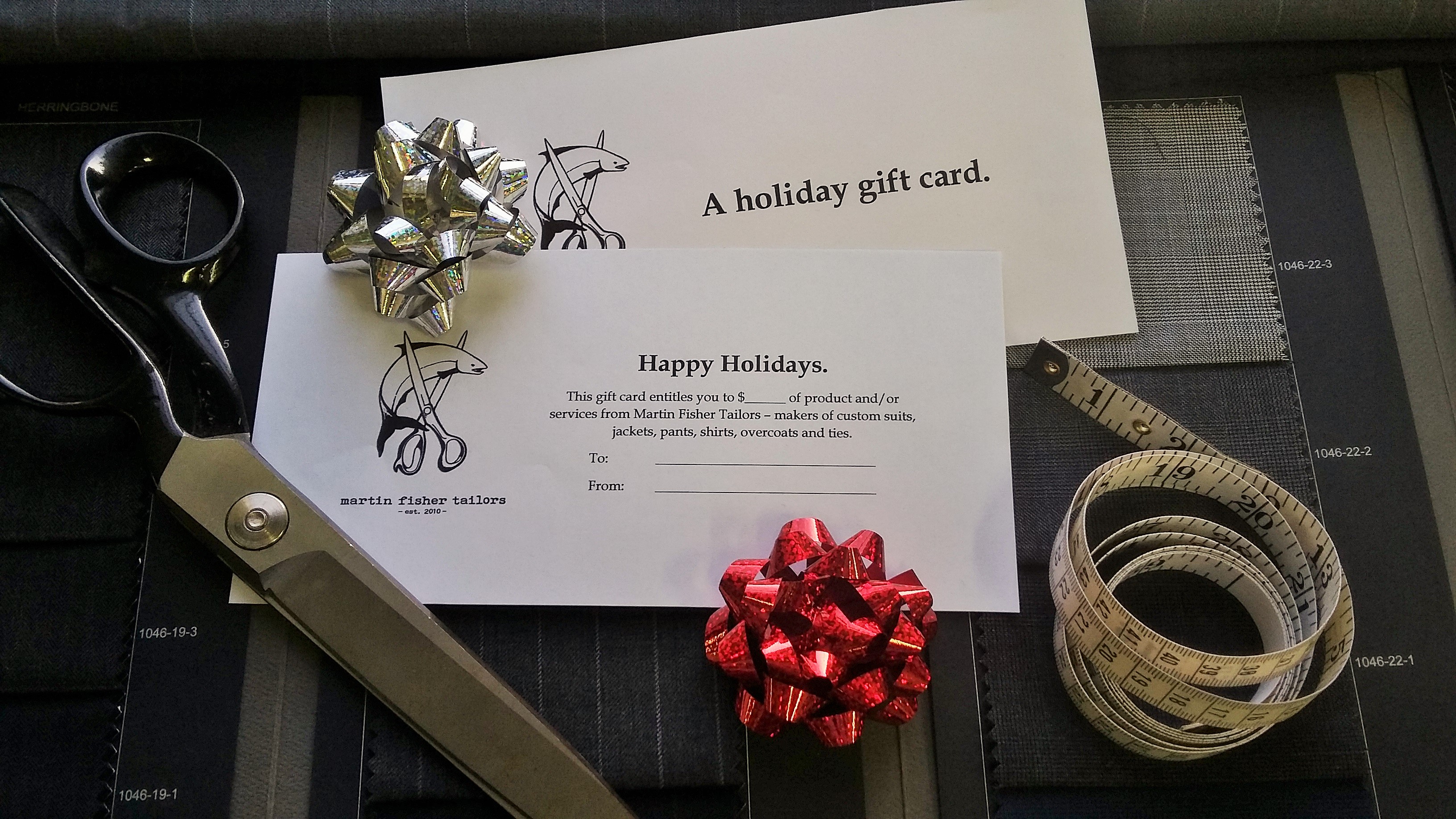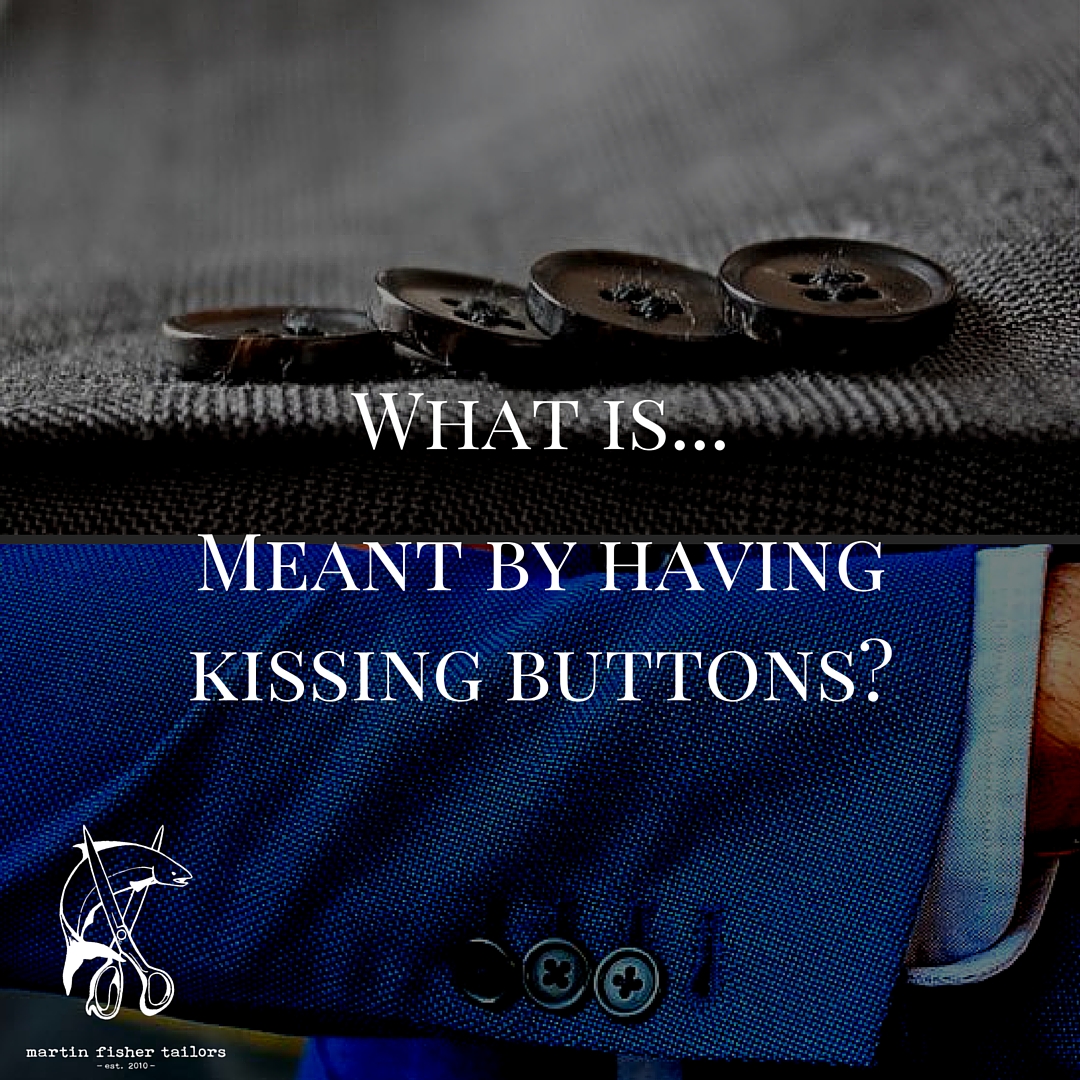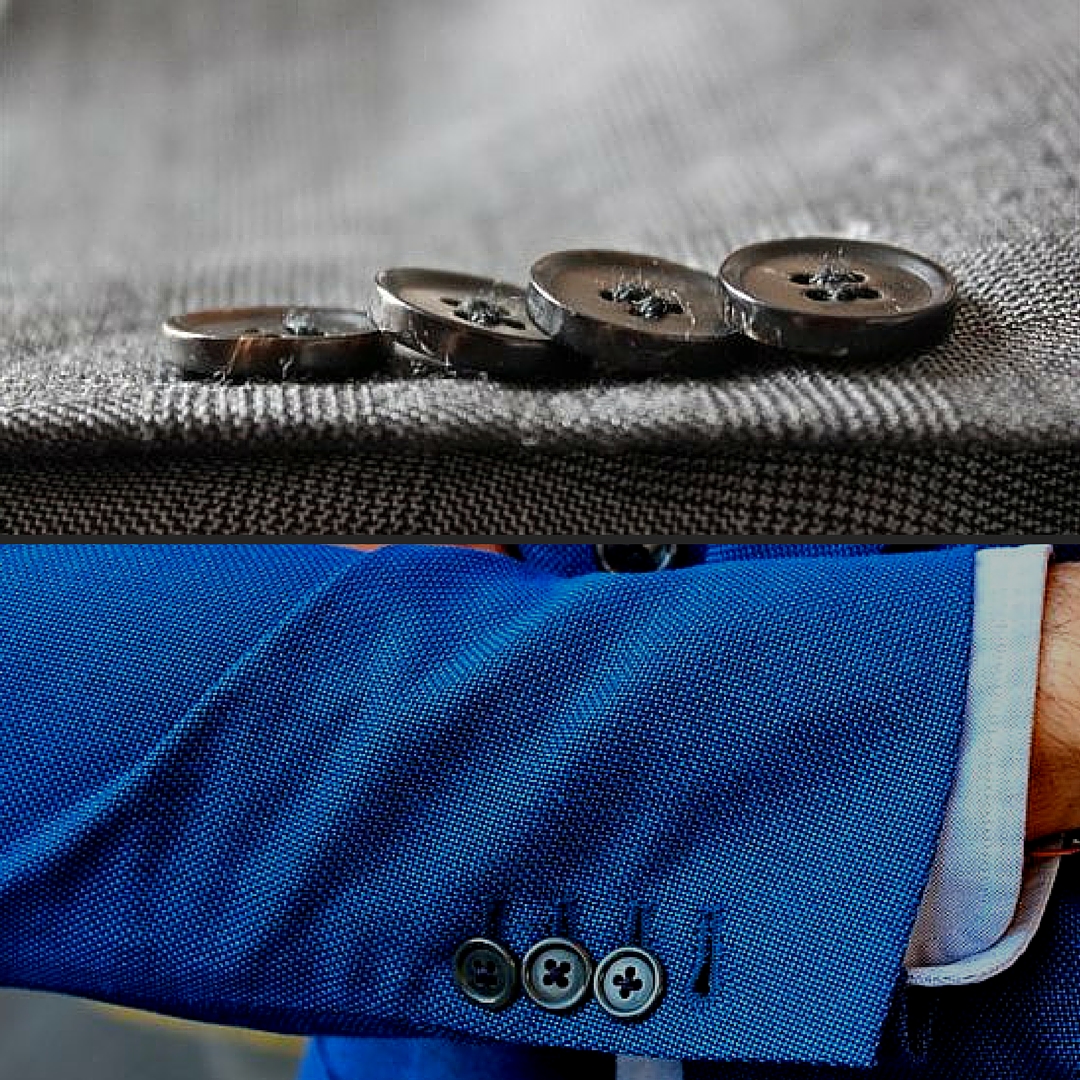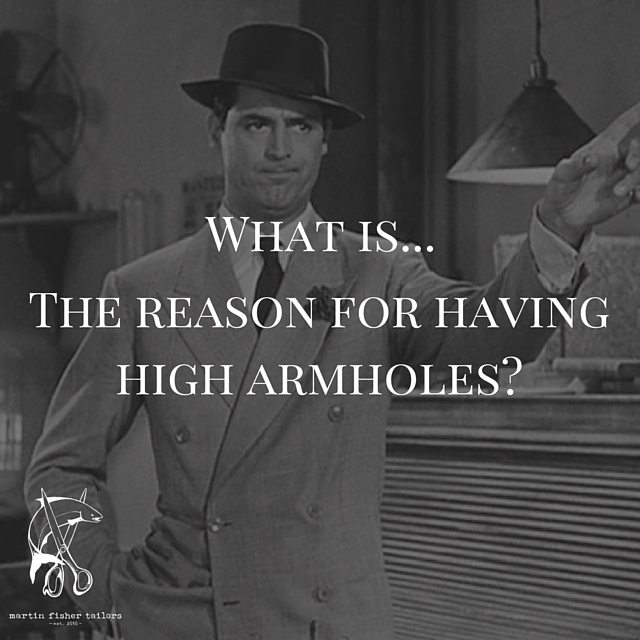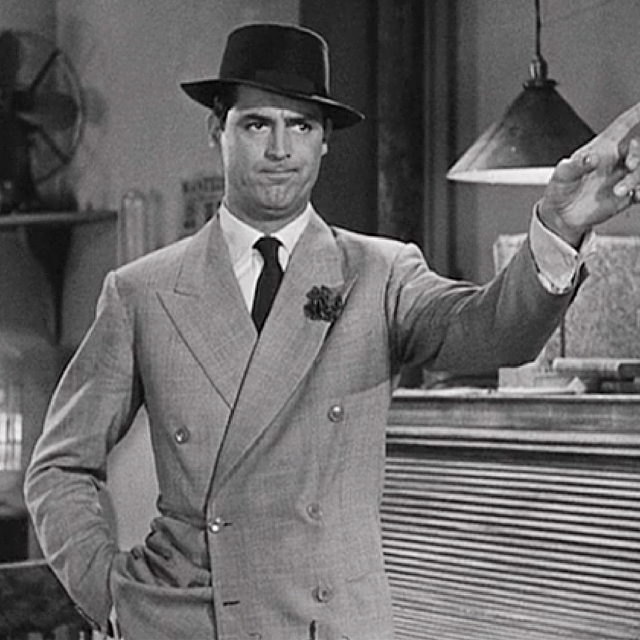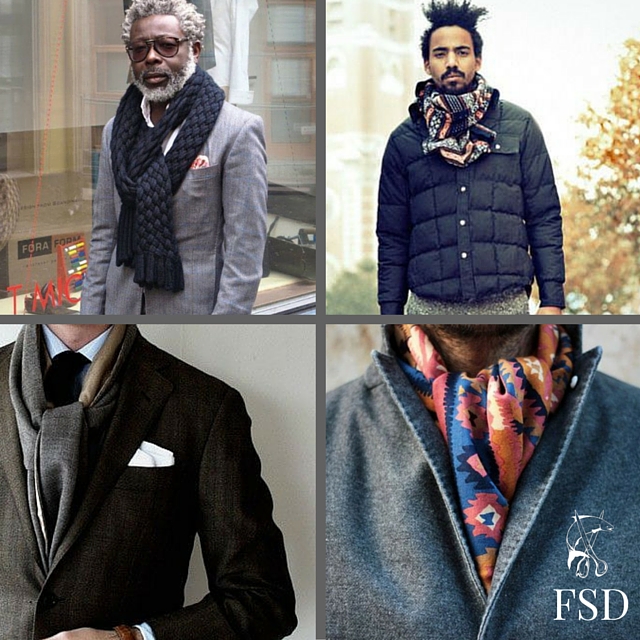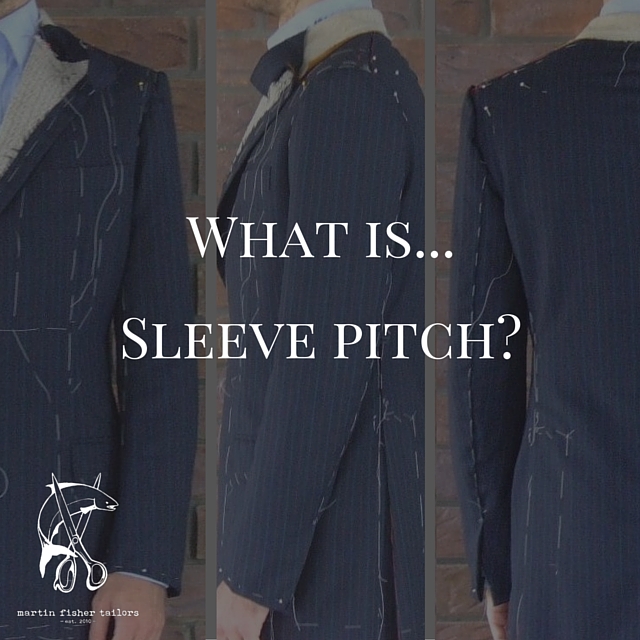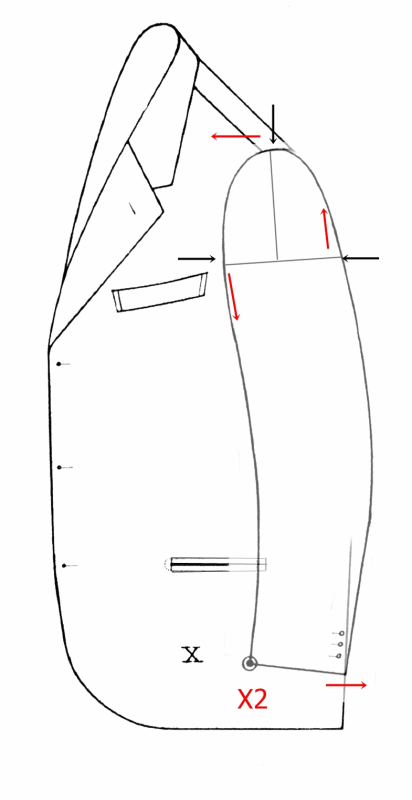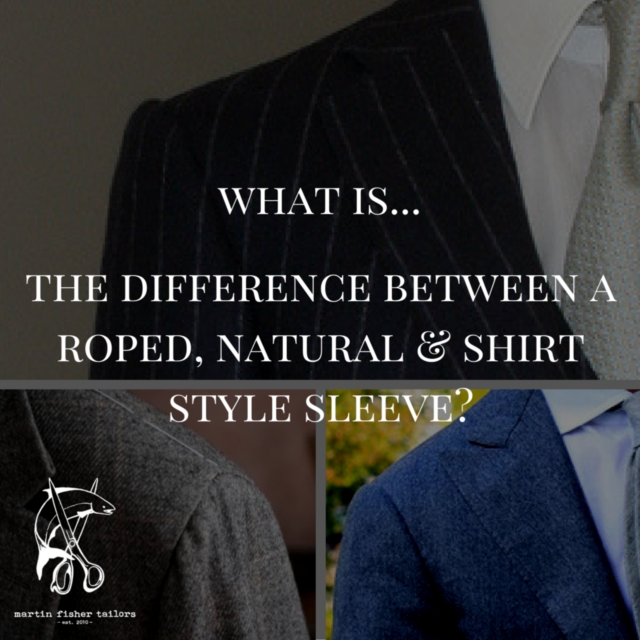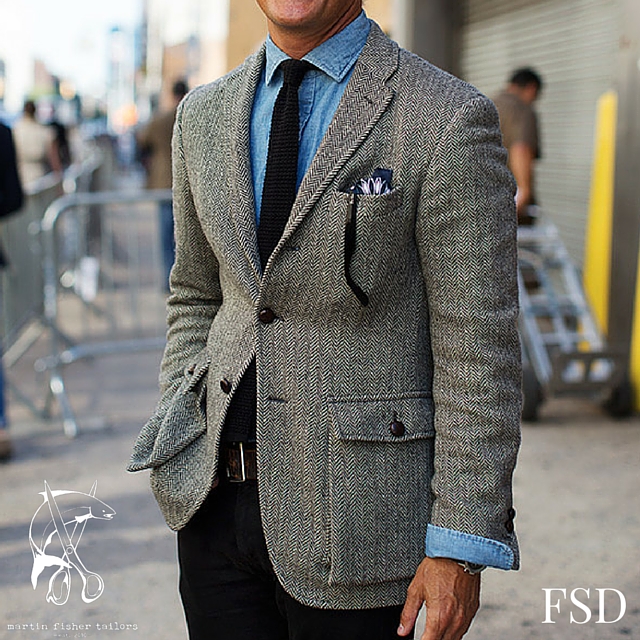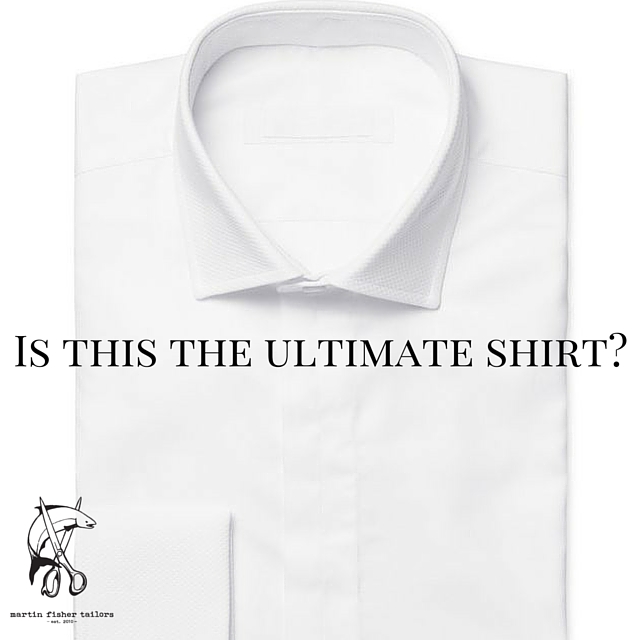
Is this the ultimate shirt?
In my opinion yes it is; and I say that as someone who is yet to even have one in their closet. I came to this realization last week after going through the design and fitting process with a brand new client. His request for me was simple; he wanted a clean, minimal design that could be as equally elevated to formal use as it could be reduced to a more casual one.
In the end it worked out eerily similar to this guys shirt – timely isn’t it.

Here is how we got there:
Without question the starting point is a crisp white cotton poplin cloth; white obviously being the only color option with the versatility to be both formal and casual. In our case we chose a strong and lustrous plain weave version from the Tessitura Monti mill of Italy.
From there the discussion moved to the front of the shirt. Quite often clients like to begin with the collar; in this case though the starting point was down the front. We did this because “clean and minimal” was the stated DNA of the shirt. As such we chose to pare down the front as much as possible by covering the buttons with a fly front and electing to forgo the beast pocket.
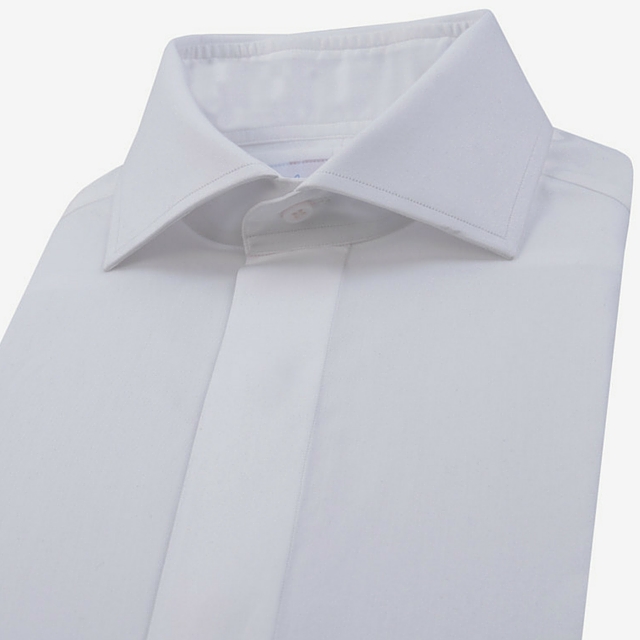
6 Inch Spread Collar with Covered Buttons Fly Front
The simplicity of the covered buttons provide unquestionable elegance for formal moments; equally it provide a level of visual interest for casual use as a fly front is relatively uncommon. In the end it’s a perfect example of less is more.
Next up was the collar. The traditional wing tip collar was obviously too formal and my client rightly viewed the pointed style collar as lacking of character when worn tie-less. In the end we chose a healthy 6 inch spread with a 3 inch tip length – essentially what you see in the image above. For me this is the perfect middle ground; it works equally well for a bow or long tie, it sits high, open and with tips covered when worn with a sports jacket or sweater and looks clean and contemporary when left on its own.
Next up was the cuffs. Right away the traditional double french cuff was off the table as it cannot be used casually. In the same vein the standard barrel cuff was out as it lacked the formality needed for certain situations. The solution – the rarely used single french cuff. For those of you who are unfamiliar with this style it is a single layer cuff that can be closed formally via cuff links (as Robert Kennedy is showing us below) or casually like a barrel cuff with a button.

The trick is that there are buttonholes on both sides of the cuff as well as button sewn to the end of the buttonhole on the inside side. This allows the shirt to be worn to black tie events, in standard business situations as well as casually with sleeves rolled.
There you have it – a walk through of the design details behind what I now view as the ultimate shirt. A shirt that is equally comfortable at a black tie event as it is paired with dark denim and a blazer for a casual evening out. In terms of fit; we decided to cut the armholes high to enable the arms to move freely and independent of the body of the shirt. This is crucial is it also removes the unnecessary excess cloth that bunches in the armhole area when worn with a trim jacket or a sweater. We also took the decision to reduce the back panel by 3 inches from the mid back down to the bottom. This was done so we could avoid putting darts in at the back to create the desired shape. We took this decision because when using white cloth the darts can often be quite visible; something we wanted to avoid so as to not detract from the overall clean and minimal aesthetic.
When the shirt arrives I’ll be sure to post some images to show you the final product. Hopefully this was an interesting insight into the design process for some of you who have yet to go through it. As always please don’t hesitate to get in touch if you have any questions and/or thoughts. Better yet book a free appointment and we can banter in person and see if we might be a good fit to work together.
Take care – Michael
info@martinfishertailors.com

